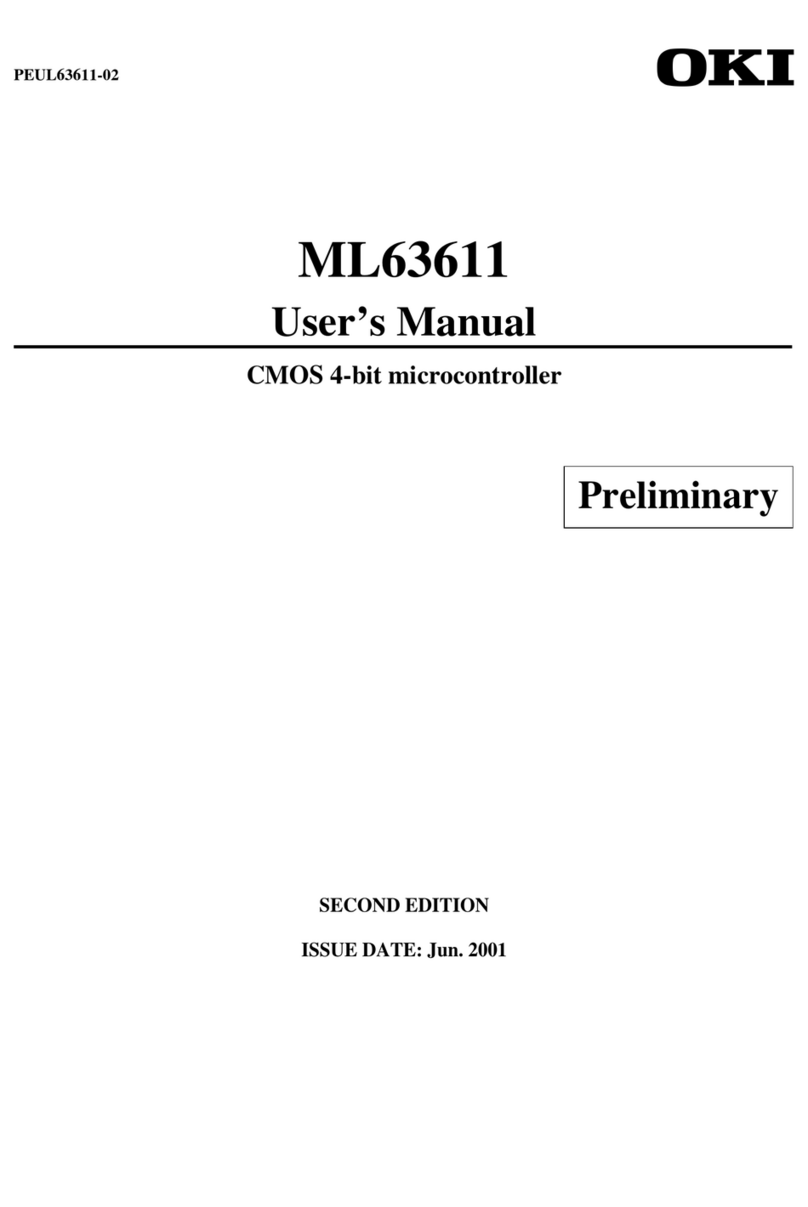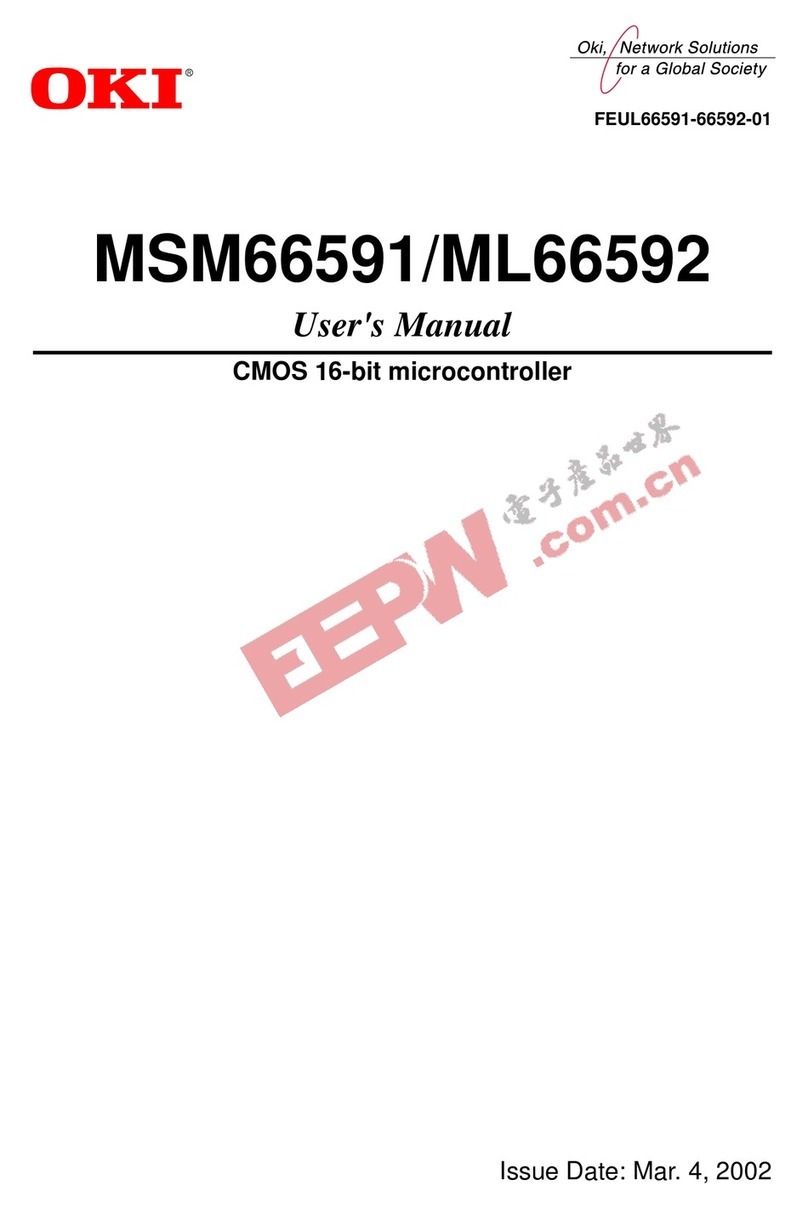
- iv -
Chapter 10 Ports (INPUT, OUTPUT, I/O PORT)
10.1 Overview ........................................................................................................ 10-1
10.2 Ports List ........................................................................................................ 10-1
10.3 Port 0 (P0.0–P0.3) ......................................................................................... 10-2
10.3.1 Port 0 Configuration.......................................................................... 10-2
10.3.2 Port 0 Registers................................................................................ 10-2
10.3.3 Port 0 External Interrupt Functions (External Interrupt 5)................. 10-5
10.4 Ports 4–7 (P4.0–P4.3, P5.0–P5.3, P6.0–P6.3, P7.0–P7.3)........................... 10-7
10.4.1 Port 4–7 Configuration...................................................................... 10-7
10.4.2 Port 4–7 Registers ............................................................................ 10-8
10.5 Port 8, Port 9, Port A (P8.0, P8.1, P9.0–P9.3, PA.0–PA.3) ........................... 10-15
10.5.1 Port 8, Port 9, Port A Configuration .................................................. 10-15
10.5.2 Port 8, Port 9, Port A Registers ........................................................ 10-16
10.6 Port B (PB.0–PB.3) ........................................................................................ 10-24
10.6.1 Port B Configuration ......................................................................... 10-24
10.6.2 Port B Registers ............................................................................... 10-25
10.6.3 Port B External Interrupt Function (External Interrupt 0) .................. 10-29
10.7 Port E (PE.0–PE.3) ........................................................................................ 10-30
10.7.1 Port E Configuration ......................................................................... 10-30
10.7.2 Port E Registers ............................................................................... 10-31
10.7.3 Port E.3 External Interrupt Function (External Interrupt 2) ............... 10-34
10.8 Port F (PF.0–PF.3)......................................................................................... 10-35
10.8.1 Port F Configuration ......................................................................... 10-35
10.8.2 Port F Registers................................................................................ 10-36
10.8.3 Port F External Interrupt Function (External Interrupt 3) .................. 10-40
Chapter 11 External Memory Transfer Function (EXTMEM)
11.1 Overview ........................................................................................................ 11-1
11.2 Connection with the External Memory ........................................................... 11-2
11.3 External Memory Address Space .................................................................. 11-3
11.4 Setting of Secondary Port Functions ............................................................. 11-4
11.5 Distinction between ROM Area inside the Chip and Memory Area External
to the Chip ..................................................................................................... 11-4
11.6 Reading from External Memory ..................................................................... 11-5
11.7 Reading from the Voice ROM inside the Chip ............................................... 11-6
11.8 Writing to External Memory ........................................................................... 11-7
Chapter 12 Melody Driver (MELODY63K)
12.1 Overview ........................................................................................................ 12-1
12.2 Melody Driver Configuration .......................................................................... 12-1
12.3 Melody Driver Registers ................................................................................ 12-2
12.4 Melody Circuit Operation ............................................................................... 12-4
12.4.1 Tempo Data...................................................................................... 12-5
12.4.2 Melody Data ..................................................................................... 12-6
12.4.3 Melody Circuit Application Example ................................................. 12-9
12.5 Buzzer Circuit Operation................................................................................ 12-10
12.6 Melody/Buzzer Output Selector Circuit .......................................................... 12-12
12.7 Differences with Voice Synthesis Section Melody/Buzzer Output ................. 12-13




























